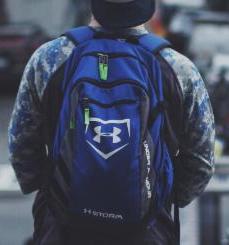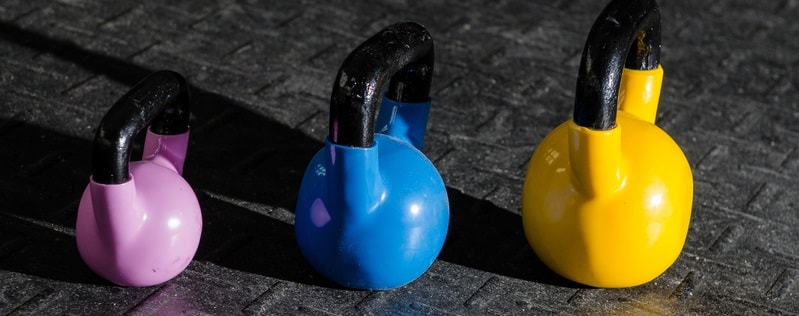August 29, 2018
Untangling Flexibility, Mobility, and Range of Motion

The terms mobility and flexibility are constantly interchanged for one another, but they are not exactly the same thing.
Knowing the difference between these concepts and utilizing them in your practice and/ or work out can catapult you towards achieving your goals. We all want to be able to at least maintain our body’s abilities today for our future. We want to be able to reach overhead and bend down to the ground- preferably without the audible grunt that usually follows. We want to live and move easily.
Mobility is composed of both flexibility and range of motion; even if the sound of greater mobility does not excite you, using a few of these tools and exercises could help you live a fully embodied life without restrictions.
Flexibility is your muscle’s ability to be pulled or stretched. This does not require strength; all that is required is sheer elasticity of the muscle. While flexibility is important, it is only half of the equation.
Range of motion relates to how far your joint can move. You can call a joint flexible if it has full range of motion when the muscles in your joint are passive. You can also say your shoulder has a great range of motion; meaning the muscles are flexible and the joint is fully expressive in all appropriate directions when pulled to those extremes. So why not just say you have great if you are flexible and have great range of motion?
Great flexibility and range of motion cannot go anywhere without the muscular strength to move your joints and bones into their flexibility’s limits. Mobility is motion; it is action. Mobility is the culmination of your flexibility and strength to move, hold and lift your body against gravity. Flexibility means you can throw and push your body to its furthest abilities without muscular engagement supporting your movement, but mobility uses your flexibility and muscular strength to healthily move and support your body in whichever way you choose to move it. Mobility requires using your muscles with their flexibility to be fully supported in whatever you choose to do.
Sometimes you need to just work on the strength to hold your body to its flexibility, but other times strength will not help you work through a knot or any other restrictions held in your body. Simple exercises to incorporate into your routine are as simple as foam rolling, self-massage, or rolling on a tennis ball. I highly recommend regular (preferably once a month) bodywork such as massages, Rolfing, acupuncture, and chiropractic work. Adding these concepts can help increase your flexibility and your mobility because they are not directly related- meaning one does not increase with the other, but they should be trained to work in tandem to their max for a fully embodied and supported life in and out of the gym (on or off the mat). This work can help awaken dormant muscle fibers, which in turn, will help you use your body in a fuller, healthier way with whatever you ask of your body. As a dancer, keeping flexibility and mobility training as well as regular bodywork (from my massage therapist, rolfer, and affectionate tennis ball) in my routine has helped me avoid injury, stay healthy, and even grow beyond my goals!
 TIP: Your backpack can be a useful prop to reestablish a healthy, strong, and correctly aligned posture. I try to let my body absorb the weight of the backpack all day by shifting my spine back to meet the backpack rather than leaning forward all day and actually carrying it on top of my back. I try to check in and carry the backpack with my back- moving from a more centered, stronger place. I also regularly check in with my shoulders. I ask them to soften, and let the straps of my backpack stretch my shoulders back, opening my chest and heart for all that is ahead!
TIP: Your backpack can be a useful prop to reestablish a healthy, strong, and correctly aligned posture. I try to let my body absorb the weight of the backpack all day by shifting my spine back to meet the backpack rather than leaning forward all day and actually carrying it on top of my back. I try to check in and carry the backpack with my back- moving from a more centered, stronger place. I also regularly check in with my shoulders. I ask them to soften, and let the straps of my backpack stretch my shoulders back, opening my chest and heart for all that is ahead!











